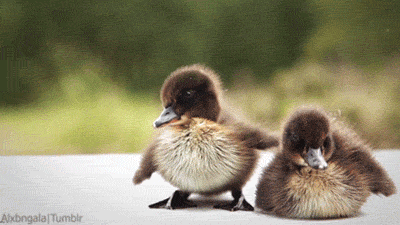If I were really going to cover everything people misunderstand in this post, it would have to be, like, Things #3-5,000,000. Thankfully it’s a misnomer, since I don’t have nearly enough time to write about 4,999,997 misconceptions.
It occurs to me (slightly too late) that having that gif at the top of this post is not the best way to draw in viewers.
Getting to the point, today I’ll be covering a hodgepodge of random misconceptions that I found interesting and fun.
1) Einstein failed math.
He didn’t. On the contrary, he excelled in math! Here’s a quotation from him: “Before I was fifteen I had mastered differential and integral calculus”. Think about that one for a minute, then tell me how you feel about your pre-calc GPA.
2) If you flush a toilet in the Southern hemisphere, the water flows in the opposite direction than water in Northern hemisphere toilets.
You might’ve heard this one before. Like many myths, it has a basis in fact; proponents of this myth often cite the Coriolis Force as reasoning behind it. The Coriolis Force is a phenomenon caused by the rotation of the earth, and it often causes giant air masses (for example, tornadoes) to rotate in opposite directions in the Northern and Southern hemispheres. However, a toilet flush is too brief (and the amount of water contained in one too small) to be influenced by the Coriolis Force, which only changes things over large distances and much longer time spans.
3) Lightning never strikes the same place twice.
Tell that to Roy Sullivan, who, between 1942 and 1977, was struck by lightning SEVEN TIMES. Well, you might be thinking, Roy probably wasn’t in the exact same place every time, was he? Probably not. But the Empire State Building is struck approximately 25 times per year. And last time I checked, that was a pretty stationary building.
4) If you touch a baby bird, its mother will abandon it.
It turns out you’re safe to pet those cute things after all:
Mother birds don’t have a strong enough sense of smell to reject one of their children if a human touches it. That being said, it might not be smart to cuddle random birds you find.
5) The Great Wall of China can be seen from space.
The Great Wall, being only 30 feet wide at maximum, is just plain not visible from that far up. You don’t have to take my word for it, though–so long as you have billions of dollars to shell out for a trip into space to see for yourself.
Next time the format of the blog will be changing up a little, just to keep things fresh. Be on the lookout for less tangible misconceptions and more abstract misunderstandings.
Sources:
Common Misconceptions — World’s Most Contagious Falsehoods
20 Things You Need to Know About Einstein










